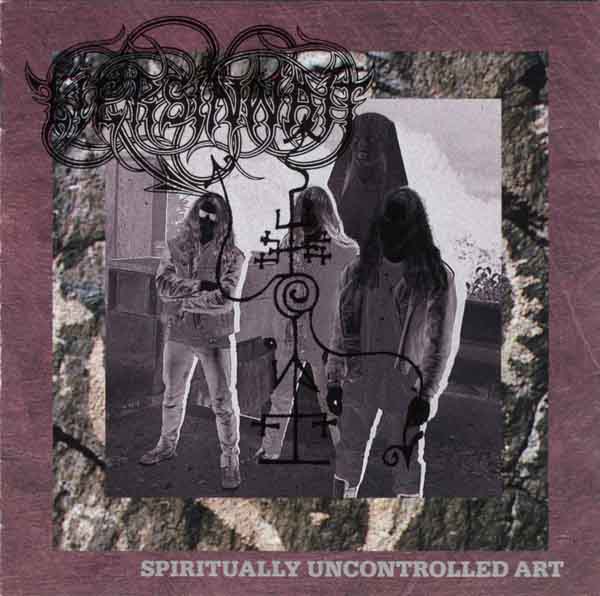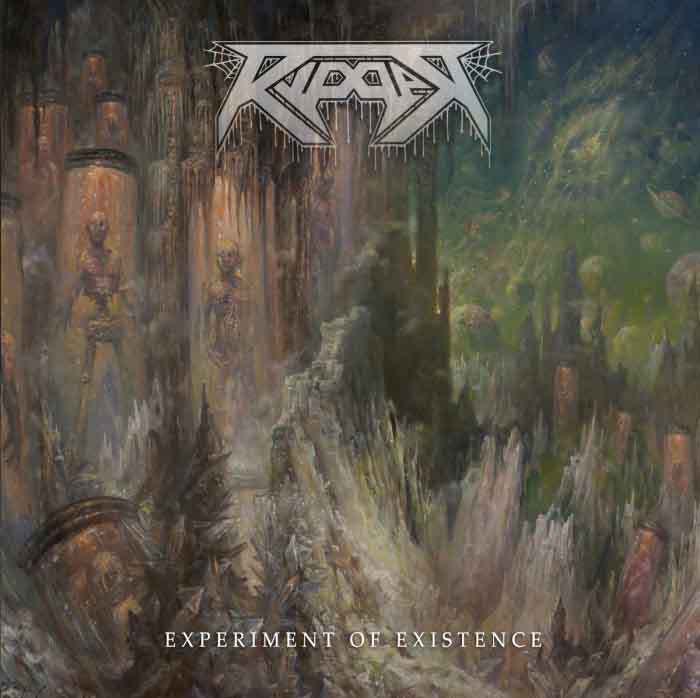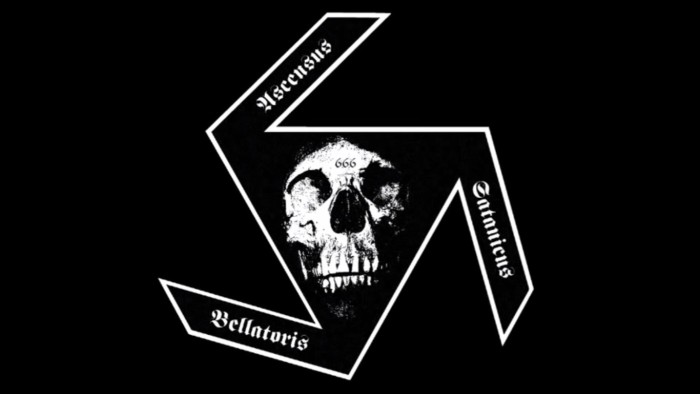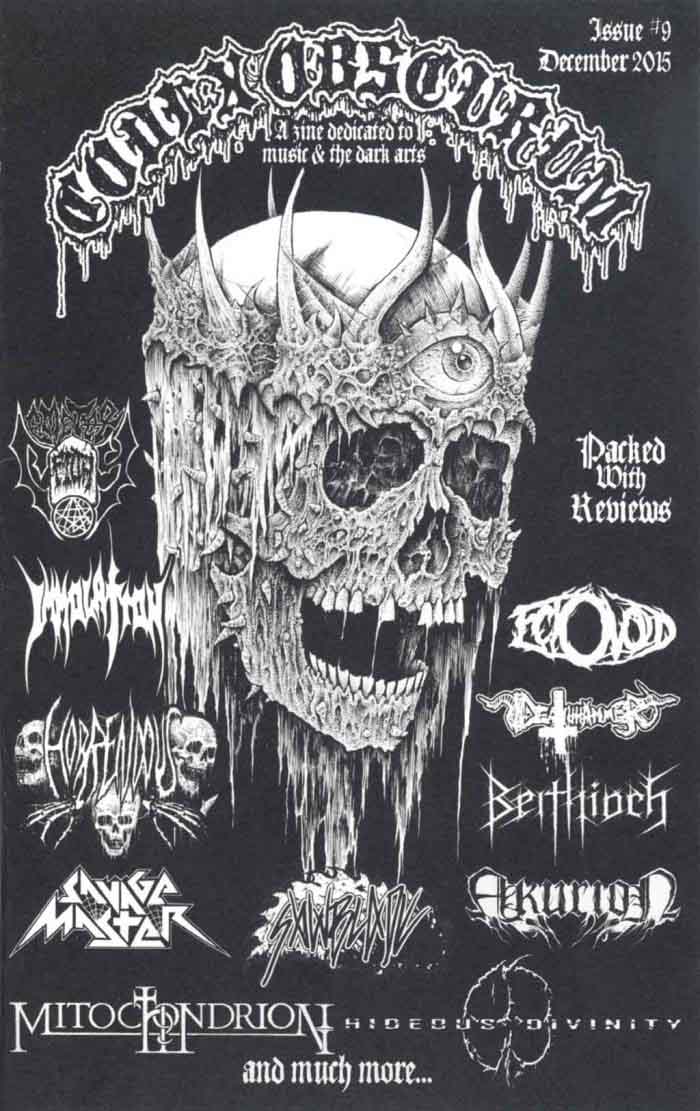
A few weeks ago I conducted a short interview with Brian Tatler (center), the guitarist and primary songwriter of Diamond Head. Their new self-titled album was released on April 7th and will be reviewed on Death Metal Underground shortly. Marred by technical difficulties, here is an edited transcript:
Hi Brian, I’m Daniel from Death Metal Underground. I understand Diamond Head has a new album coming out this spring?
Yes we do. Diamond Head comes out April 7th.
Did you try to hearken back to your early work or go in a more commercial direction?
In a way. We took a look at everything we’ve done over the years. This album should sound like Diamond Head. We took a very Diamond Head approach.
Did you modernize your music? Use digital production and all that?
Well it’s still the old Diamond Head sound. I used a Diesel amp and we recorded into Pro-Tools too. We wouldn’t have been able to get that sound back in 1982. Writing is the main thing. We try to capture the magic in the rehearsal room.
Songwriting is the most important thing.
I agree.
So much modern metal is just one cool guitar riff and then chugging along until the next part that has no relation to the first.
You still need to write a song.
Who are your songwriting inspirations?
Well, Led Zepplin, Black Sabbath, those sorts of bands. I don’t listen to that modern sort of stuff that much. Some say we write the same songs over and over. That’s the way that stuff is. Diamond Head sounds like Diamond Head. The most influential records were the first few Led Zeppelin, Sad Wings of Destiny, Machine Head.
How do you feel about your influence on the metal and the more extreme sub-genres? Inspiring bands like Metallica, Celtic Frost, and Darkthrone who sometimes copied directly from you?
It’s easy to get deep into the stuff from your youth. You watch these bands play, get a tape from across the ocean a thousand miles a way, and after a few months of playing and writing your own material, what do you know? You have the same riff that’s on the tape! It’s nice to be influential. It makes the band feel important; justifies what we were doing. It’s been said Diamond Head were a musicians’ band: a band that other bands liked. We never sold that many records.
Even things like “Search and Destroy” having the same riff as “Sucking My Love” in a different key?
“Dead Reckoning”. It’s not the same; it’s slightly different. It’s flattering. I’ve got my own stuff from somewhere. Bits of Black Sabbath and AC/DC. Diamond Head were a stepping stone between thrash and them.
I noticed on songs like “The Prince”, you have tempo and rhythm changes in the drums uncommon for metal of the time.
Well we moved the drums around to get more out of each section. We had to get it as good as it had to be. No nudging through
“Am I Evil?” is perfect.
“Am I Evil?” took a while. It took a while to do it. The intro, lots of verses, the last section to the ending, and then going back to the main riff, and testing it out live.
So many bands never have the opportunity to play live now. How important was that?
We tested out everything live to see what songs and verses did work. What would work up a crowd. Some songs didn’t work. This one worked.
Did you start playing live early on?
We formed in ’76 and played our first show in February of ’77.
In local venues like pubs?
Lots of venues. Some not local. One in Birmingham. We started playing in pubs. No clubs. We would put on our own gigs.
Sabbath were from Birmingham. Was that a big deal?
We felt we were following in their footsteps: Black Sabbath and Judas Priest. It’s the second biggest city in the UK. Birmingham had so many bands. Always did too…
How much pressure did Diamond Head feel to become more mainstream and commercial rock?
A bit of pressure. We signed to MCA in 1982. Iron Maiden, Motorhead, and all UK bands appeared on Top of the Pops with their singles. Our long songs prevented that: “Sucking My Love” is 9 minutes long; “Am I Evil?” is 7:40 even. Not a comfortable fit. MCA wanted us to be more like Led Zeppelin except we had no PR, no real touring support with good lineups , nor a huge studio budget. Being managed by our singer Sean Harris’s mother didn’t help. We were dropped from MCA as she wouldn’t agree to a change in management.
Was it a Manowar type situation where he lived with his parents?
He lived with her then. I believe he still lives in the same place but on his own.
The Manowar singer still lives in his parents’ basement in upstate New York.
Ha
Any upcoming touring plans?
Lots of dates across Europe. We’re playing Hard Rock Hell and some dates in Germany, the UK, and Ireland.
Good luck!
Thank you!
Tags: Brian Tatler, diamond head, hard rock, Heavy Metal, interview, metallica, NWOBHM











